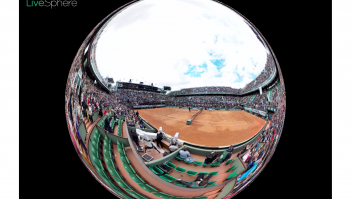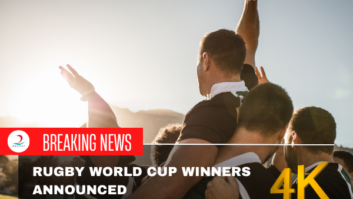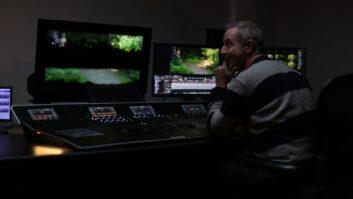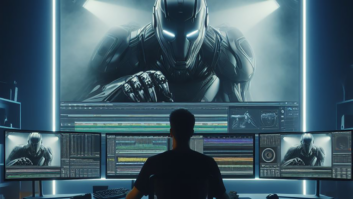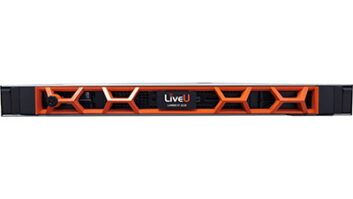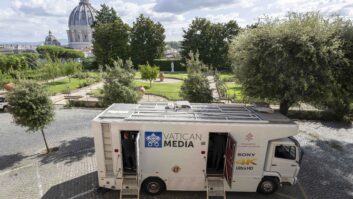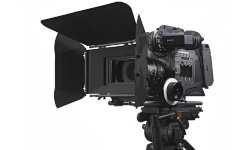
We may not see realtime 4K outside broadcasts in the next year, but 4K capture could still be introduced as a production benefit to live HD events, with several manufacturers currently exploring the possibilities. Sony has spotted the potential of pairing two F65 cameras together on a stadium gantry and stitching together the dual 4K picture to allow an operator to electronically extract, zoom or scale 720p or 1080i images from a portion of the frame during a live transmission. The 4K video can also be recorded at full resolution simultaneously – letting operators change the framing long after an event takes place. Although there are other picture stitching sports technologies around, Sony’s prototype is said to be the only one currently working that is able to manipulated and output images for live. At IBC2012, video-processing specialist AJA debuted the Corvide Ultra, a new I/O card, that AJA said could be applied to perform a similar trick. “In theory you can derive as many HD pictures as you want to [from the dual 4K picture],” explained Malcolm Robinson, Sony’s Business Unit Head, Live Production. “Obviously we are working with a wide locked-off camera rather than multiple cameras. The Matrix-style 360º view for live production is not here yet.” Nonetheless the case for the technology is that it can reduce the number of cameras and crew at venues, opening up second tier sports for post-produced HD highlights coverage. Broadcasters, including Sky Sports, are also testing higher resolution capture in order to post-produce more content from a single camera shot. “Imagine the head-on shot of all the cars on the grid at the start of a Formula One race,” suggests Graham Sharp, CMO and Senior VP of Corporate Development at Grass Valley, which has its eye on facilitating 4K production. “A single camera operator could capture a wide shot from which shots of individual cars and drivers could be pulled after the event to feed replays or highlights action for rights holders interested in the actions of particular drivers. The rights holder is able to reduce cost by having single not multiple camera ops and can monetise more content.” Such a business application, whether for football, athletics or motorsport, would require the host broadcaster to produce and sell the picture-stitched feed. “The technology is in its infancy,” said Phil Aspden, Commercial Director at outside broadcast supplier SIS Live “A locked-off shot means you don’t get to follow the story of the match as we know it. Without multiple angles and the skill of the director and camera operator to be able to follow the game you are going to miss out on coverage if that is all you rely on. I could though see the technology cutting down cost or increasing the generation of more coverage.” Sony is exploring the potential of the dual 4K picture stitching application to deliver additional HD feeds to second screens, but there are other live sports picture stitching technologies such as that of Belgium’s Carmagus [http ://www.tvbeurope.com/main-content/full/camargus-launches-live-picture-stitching], which combines 16 HD cameras on a single rig to offer a panoramic image for replay analysis. At IBC this year Project FINE (Freeviewpoint Immersive Networked Experience) demonstrated the results of its tests into ringing stadia with up to 20 cameras to produce virtual HD images, again as a replay tool at this stage. Click here for more on this. Sony also markets a three x HD camera stitching app for use with its MPE-200 image processing platform. The MPES-VC01 virtual camera stitching software can take multiple overlapping images in real time and stitch them together to create a super-wide (48×9 aspect-ratio) image of an entire playing field. This can be viewed on a trio of normal 16×9 screens. Adrian Pennington
